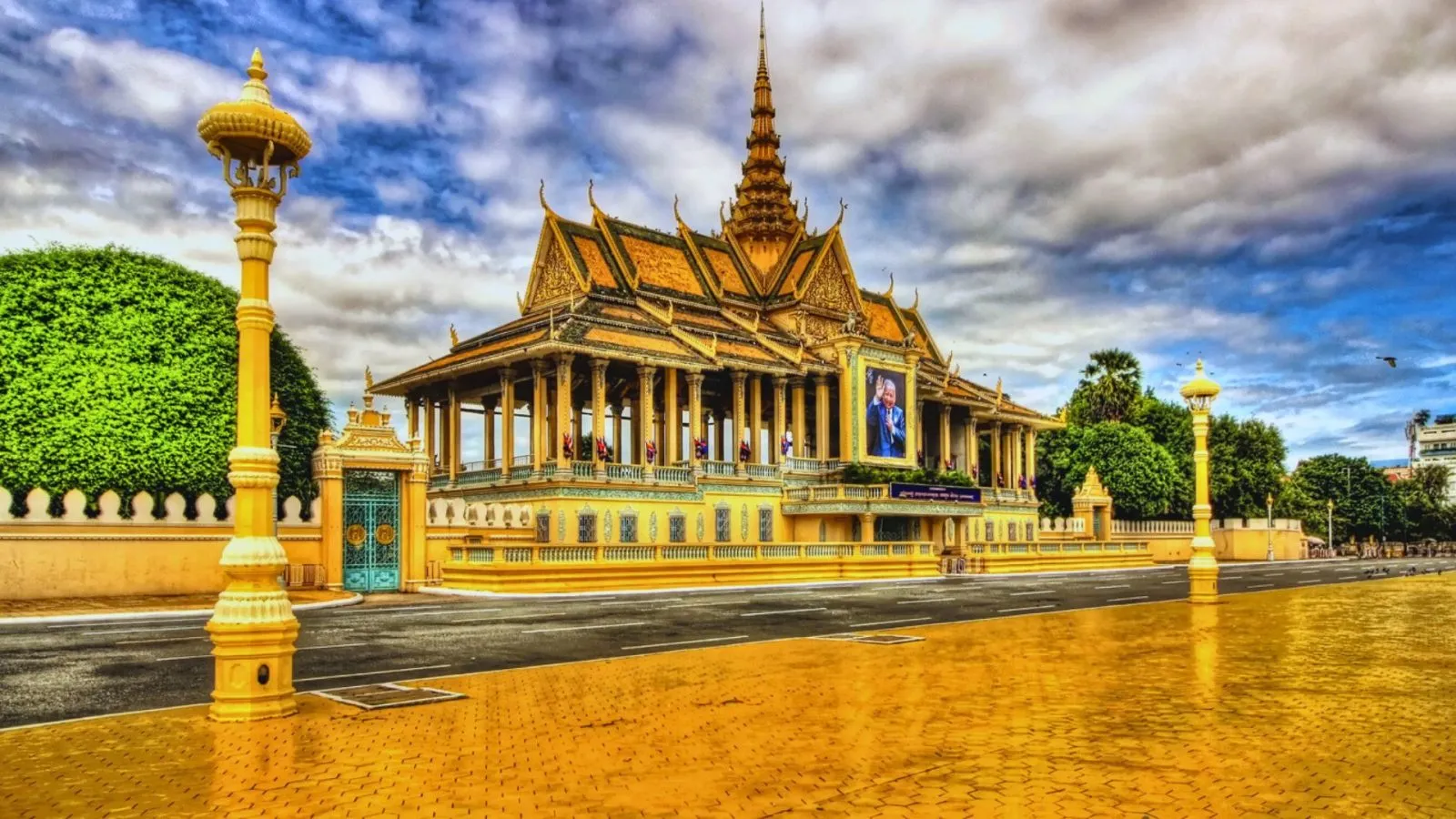



Phnom Penh, Cambodia’s busy capital, sits at the junction of the Mekong and Tonlé Sap rivers. It was a hub for both the Khmer Empire and French colonialists. On its walkable riverfront, lined with parks, restaurants and bars, are the ornate Royal Palace, Silver Pagoda and the National Museum, displaying artifacts from around the country. At the city’s heart is the massive, art deco Central Market. ― Google
November to March: Dry season — cooler, ideal for sightseeing.
April to May: Hottest months, but fewer tourists.
June to October: Rainy season — expect short, heavy showers and lush scenery.
By Air: Phnom Penh International Airport has direct flights from major Southeast Asian cities.
By Bus/Van: Good road connections from Siem Reap, Ho Chi Minh City, Sihanoukville, and Battambang.
By Boat: Seasonal speedboats from Chau Doc, Vietnam via the Mekong River.
Royal Palace & Silver Pagoda: Stunning Khmer architecture and cultural artifacts.
Tuol Sleng Genocide Museum (S-21): Former prison, now a haunting memorial to Khmer Rouge victims.
Choeung Ek Killing Fields: A sobering site reflecting Cambodia’s tragic past.
National Museum: Beautiful collection of Khmer sculptures and art.
Wat Phnom: Historic temple on a small hill and the city’s namesake.
Central Market (Phsar Thmei): Art deco building with souvenirs, clothes, and local foods.
Russian Market (Tuol Tom Poung): Great for handmade crafts, clothing, and antiques.
Learn about Cambodia’s history through its museums and memorials.
Take a sunset cruise on the Mekong or Tonlé Sap River.
Walk or bike along the riverside promenade.
Explore local markets for food and handicrafts.
Visit Silk Island (Koh Dach) for traditional weaving and rural life.
Budget: Hostels and guesthouses in the Riverside, BKK1, and Boeung Keng Kang areas.
Mid-range: Boutique hotels with pools and local charm.
Luxury: High-end hotels with rooftop bars, spas, and river views.
Local dishes: Nom banh chok (rice noodle soup), bai sach chrouk (pork with rice), fish amok, kuy teav (noodle soup).
Riverside & BKK1: Full of restaurants serving Cambodian and international cuisine.
Street food: Skewers, noodles, fried bananas — available near markets and busy streets.
Nightlife: Rooftop bars, live music, and trendy cocktail lounges are common in central districts.
Deeply influenced by Buddhism — temples are central to community life.
Khmer traditions blend with French colonial legacy and modern global trends.
Be respectful when visiting religious sites: dress modestly, remove shoes in temples.
Friendly locals; many speak some English in tourist areas.